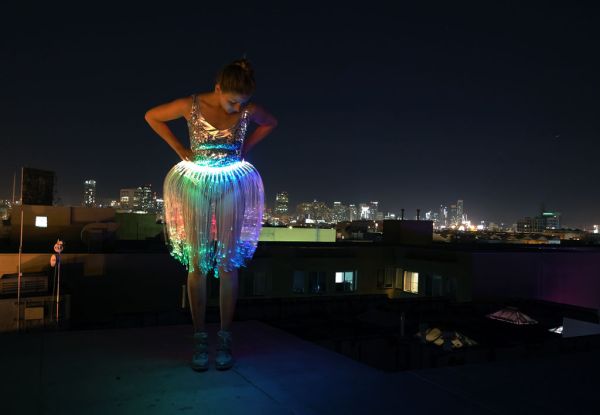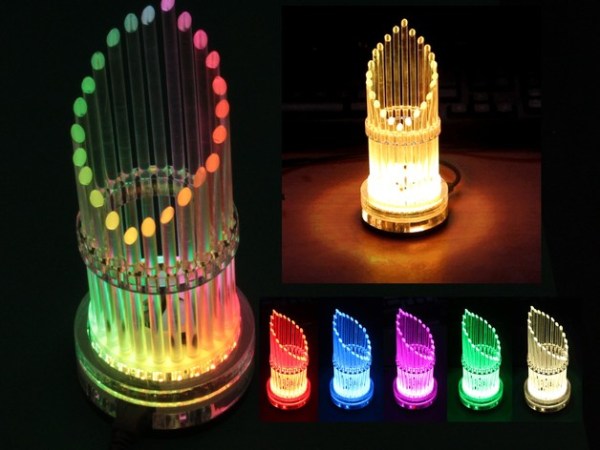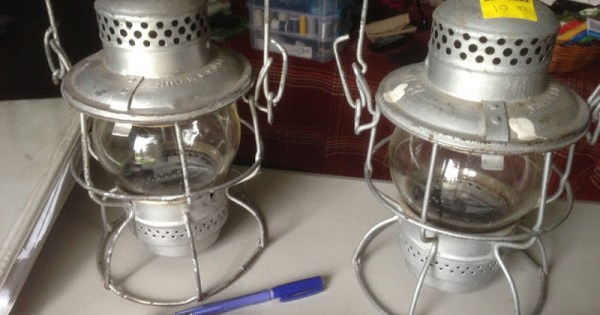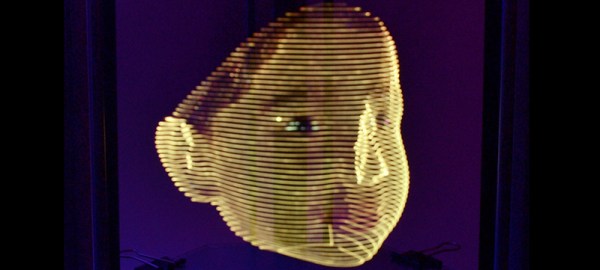While out shopping for bed’s with his better half, [Shane] tried out one of the more expensive, all “bells and whistles” included models. While the aforementioned featurees were impressive, one stood out: motion controlled underlighting for when you had to get up in the middle of the night.
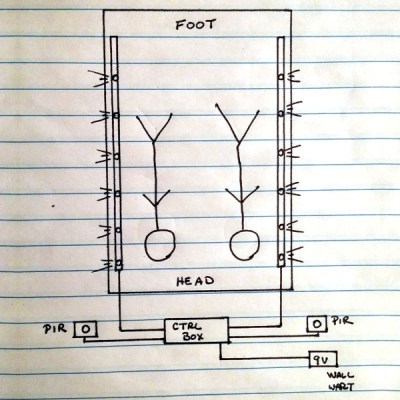 Knowing that this feature would be easy to replicate [Shane] went about making his own version. Using PCV pipe to make the framework for the LED’s a 9 volt DC power supply, and a list of electronic components all that was left to figure out was the motion controls.
Knowing that this feature would be easy to replicate [Shane] went about making his own version. Using PCV pipe to make the framework for the LED’s a 9 volt DC power supply, and a list of electronic components all that was left to figure out was the motion controls.
PIR motion sensors are the natural choice and its simple enough to hook them up to the micro of your choice and bang out some code. It’s just as simple to hard wire them into a circuit skipping the added cost of the micro and complexity of the software.
The two PIR sensor outputs are wired though a diode OR gate, to a potentiometer to control sensitivity, and then to a pair of NPN transistors to ultimately control power to the LED strips. Now they have motion controlled night lights for their bed when nature calls in the middle of the night.


